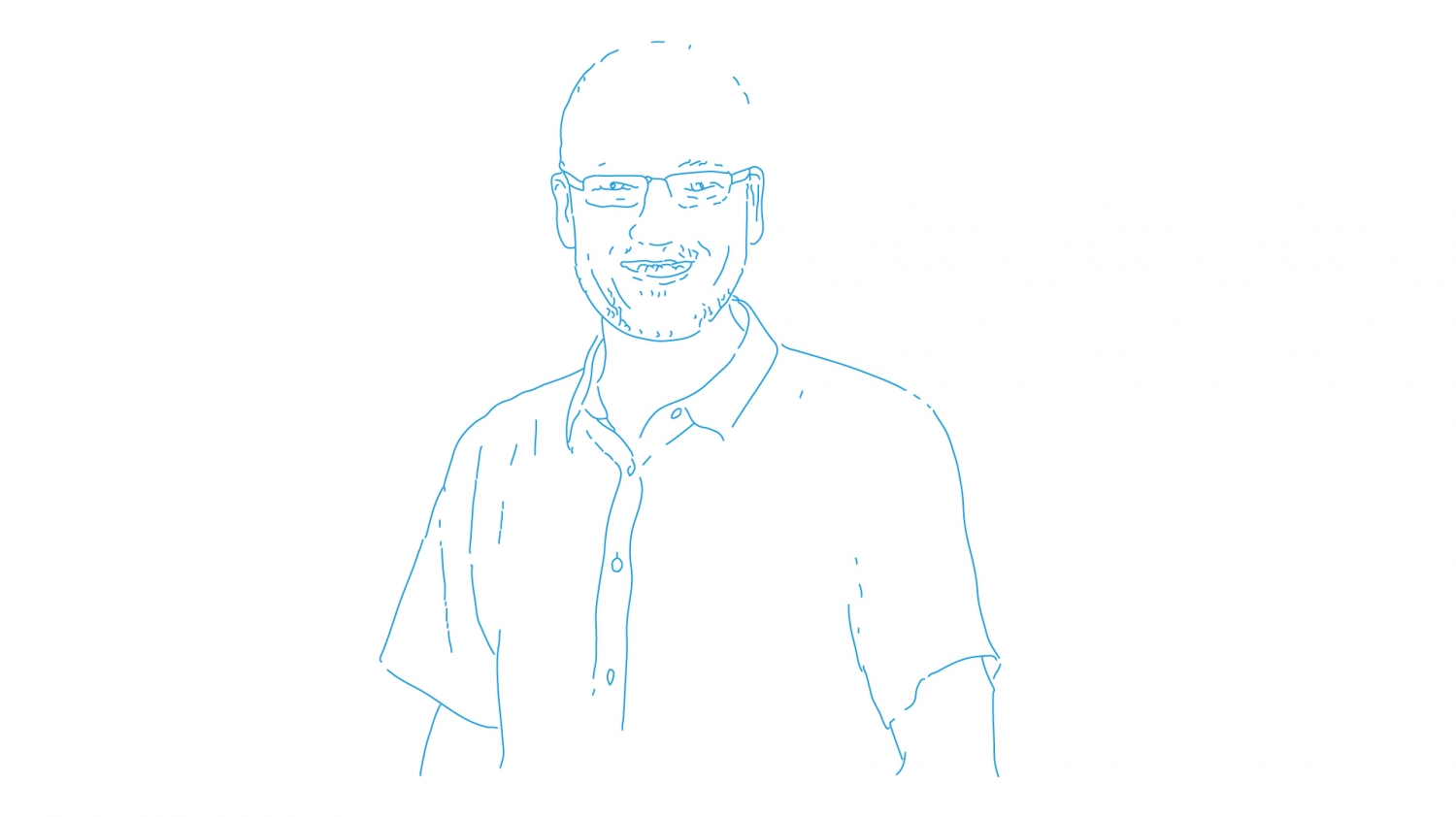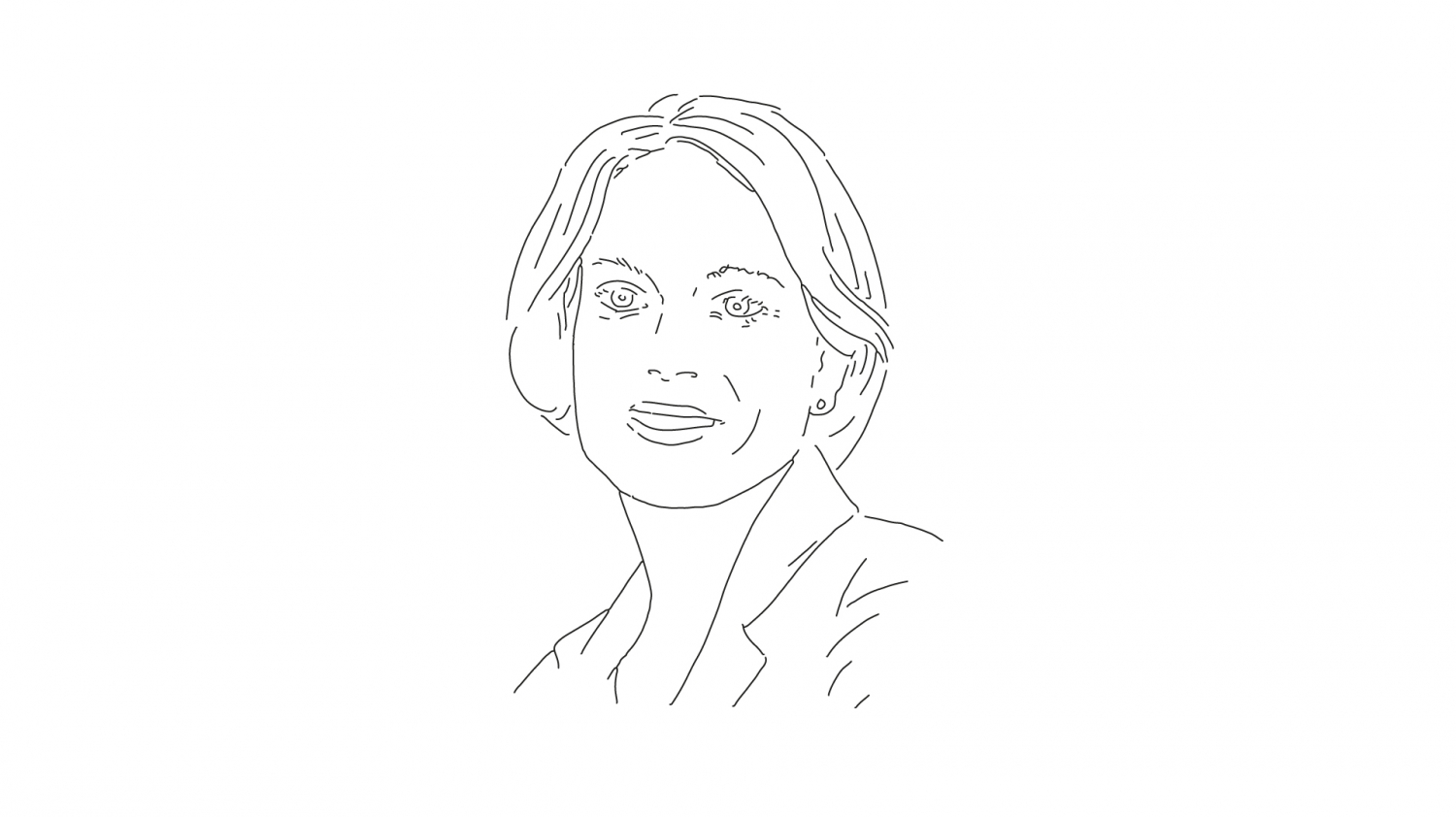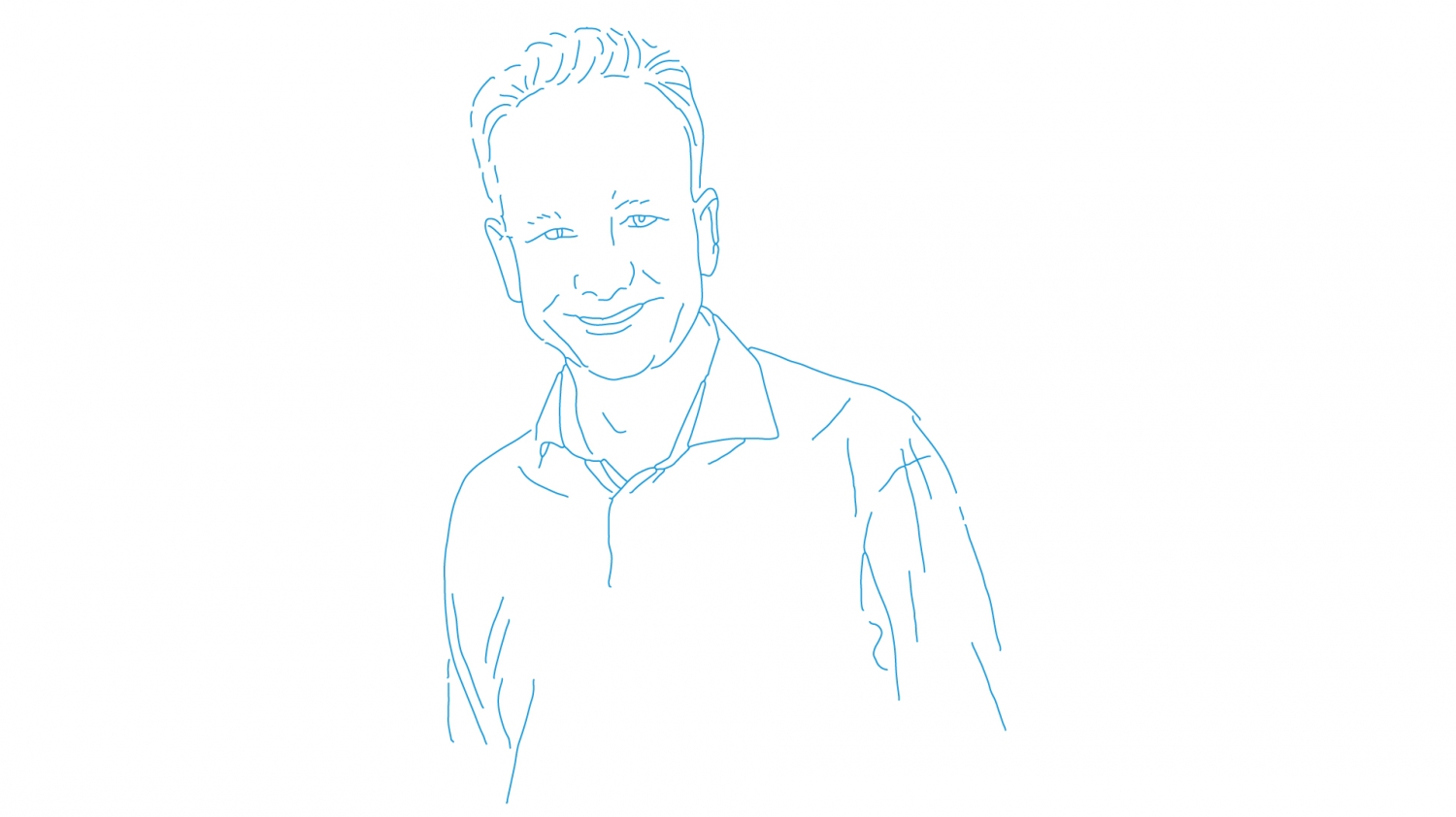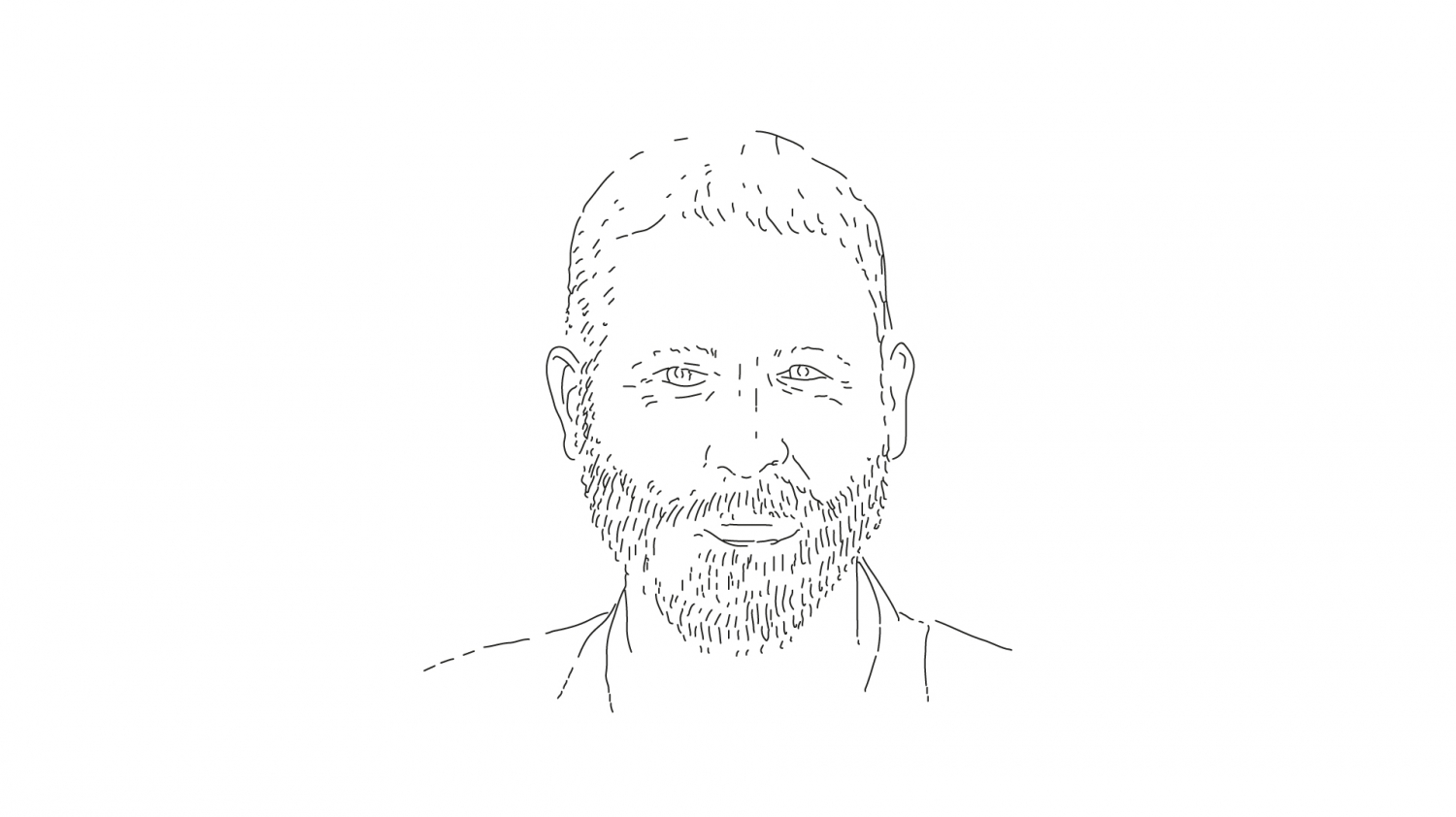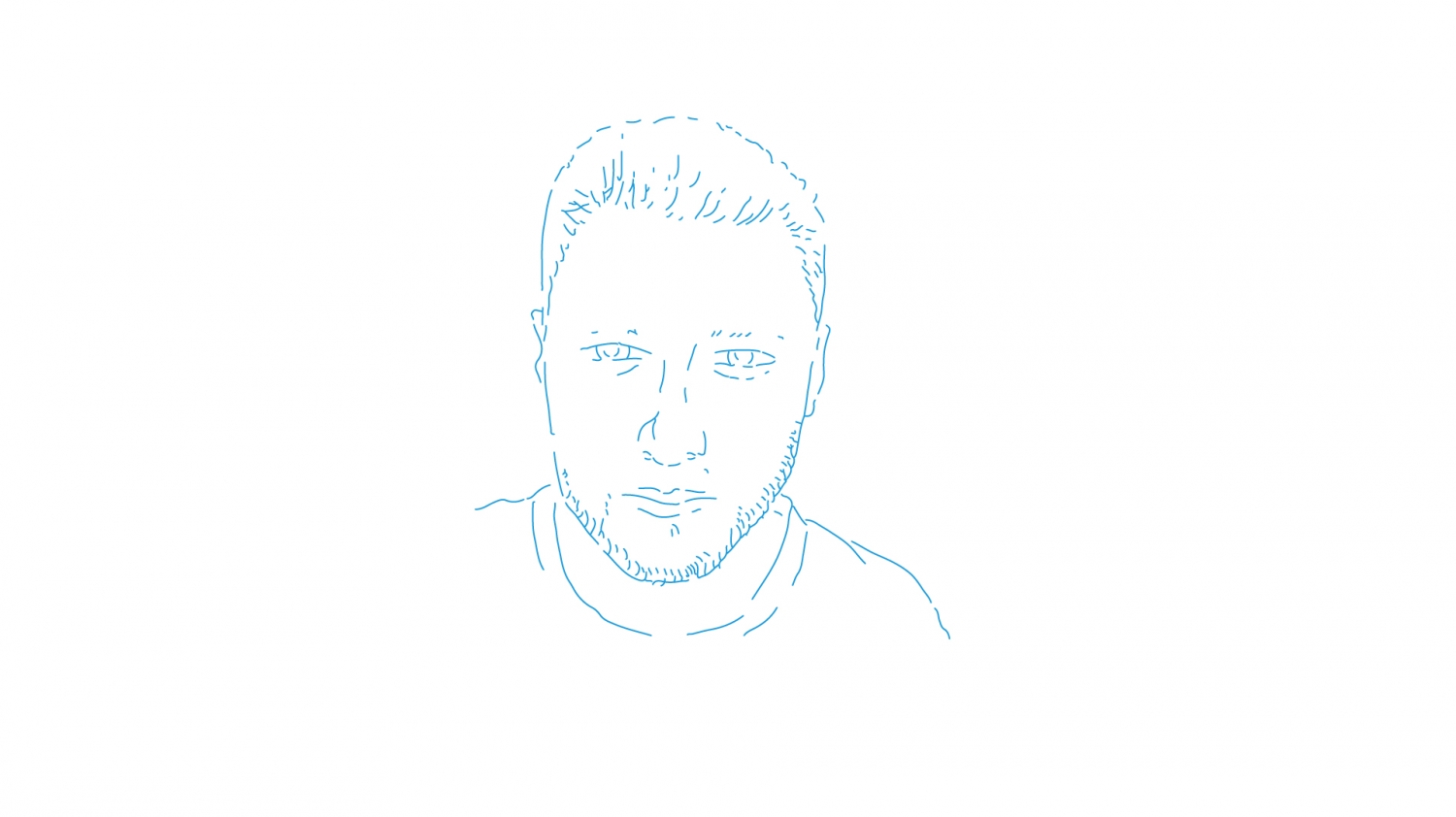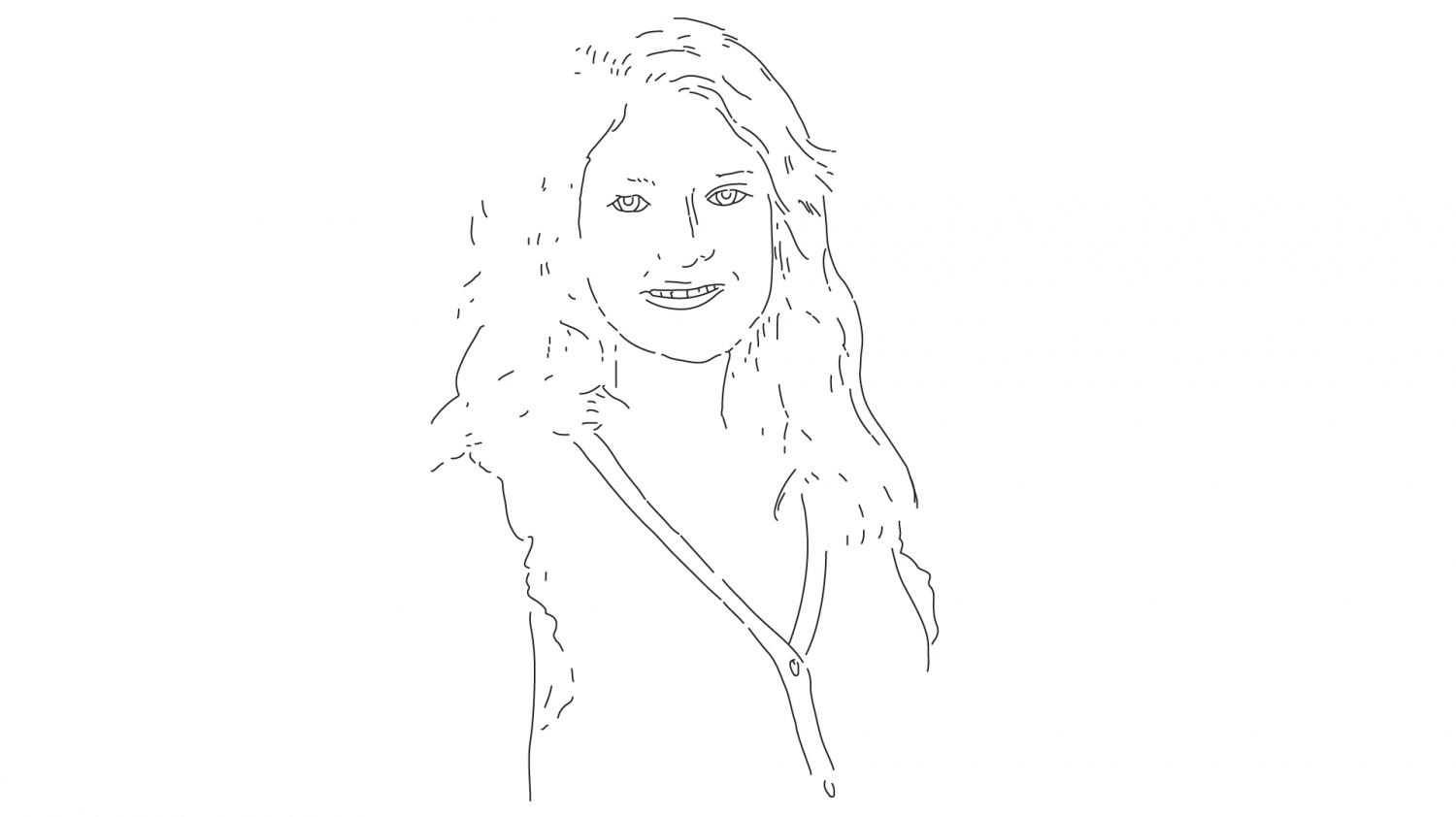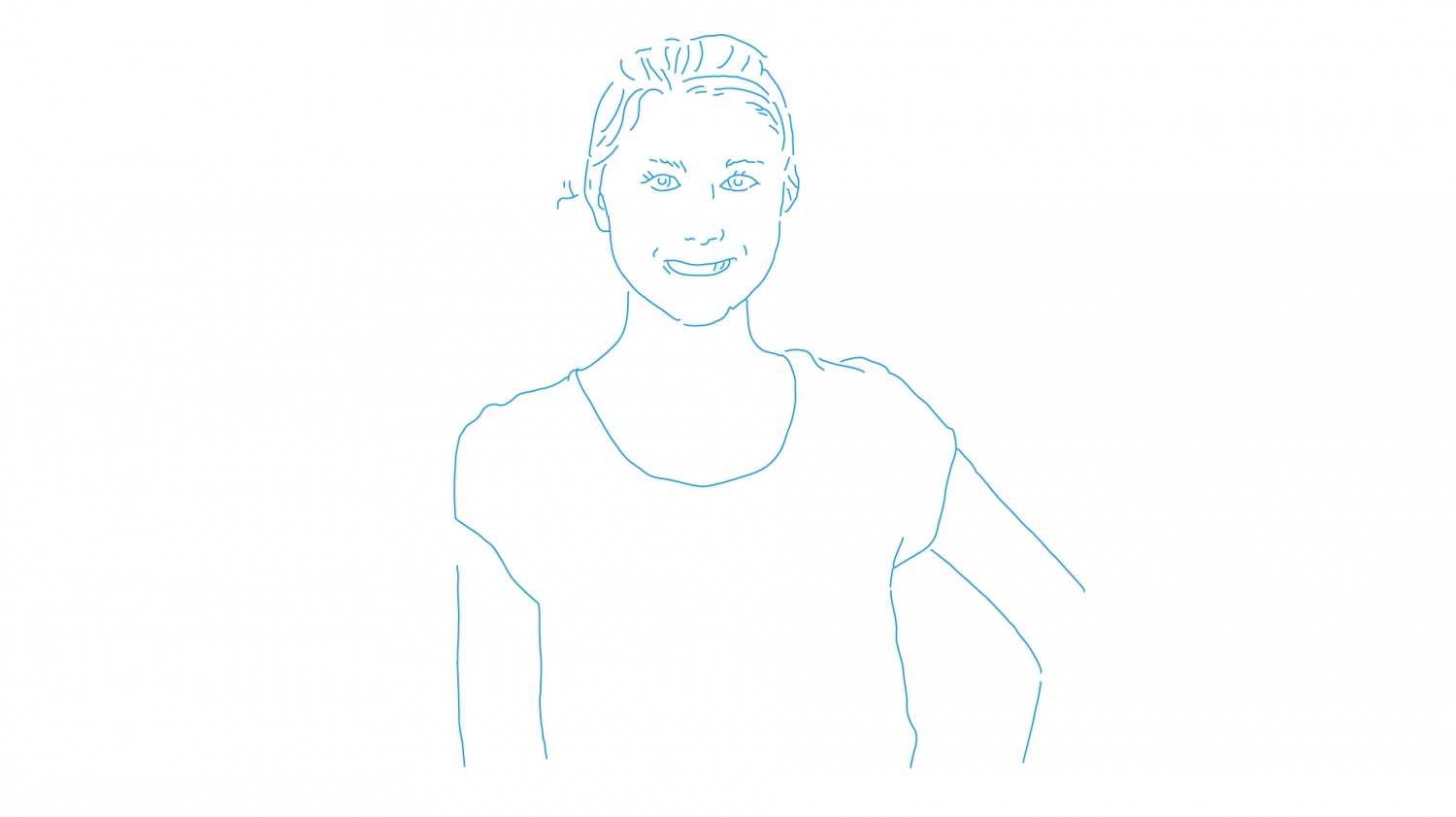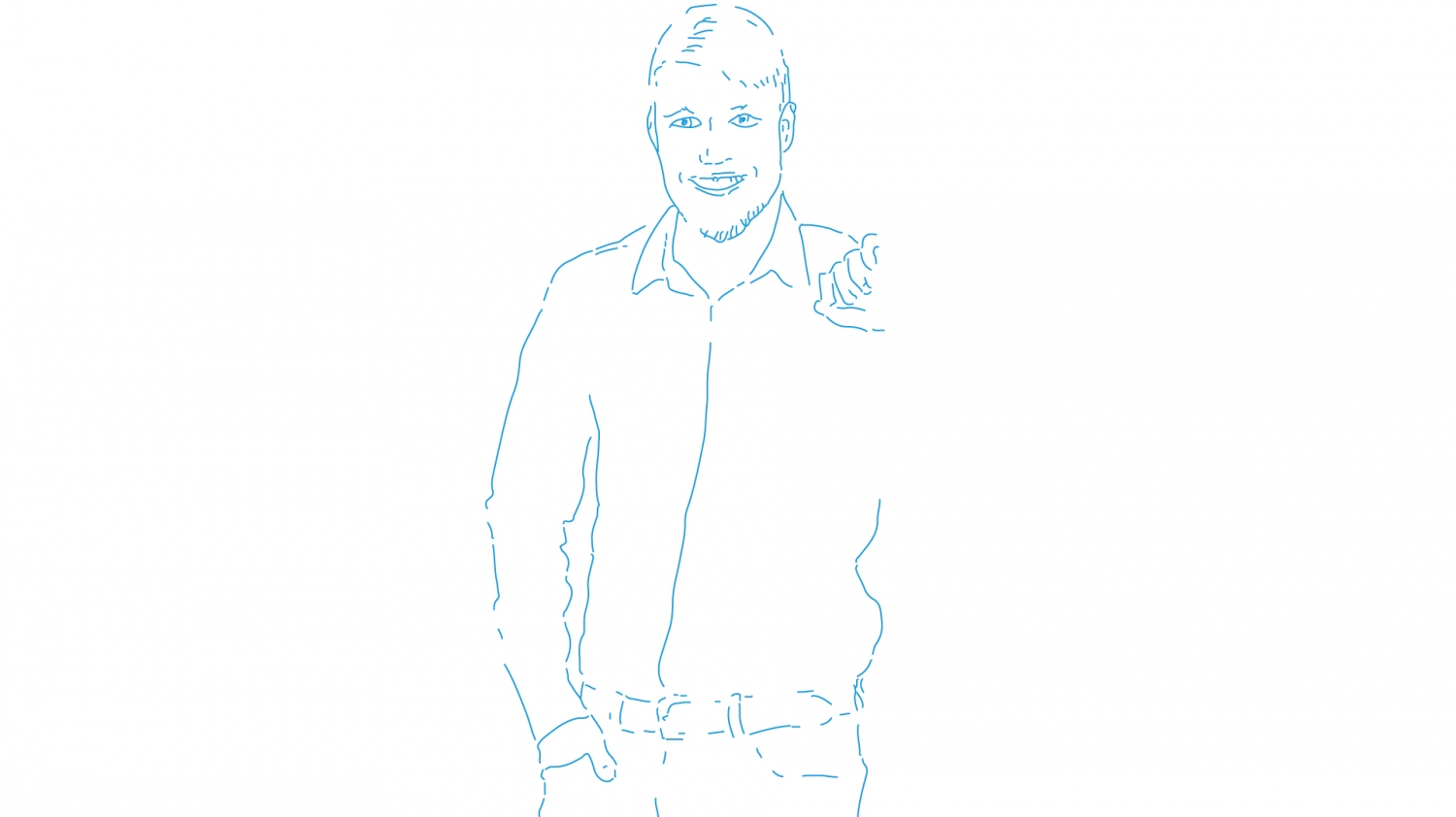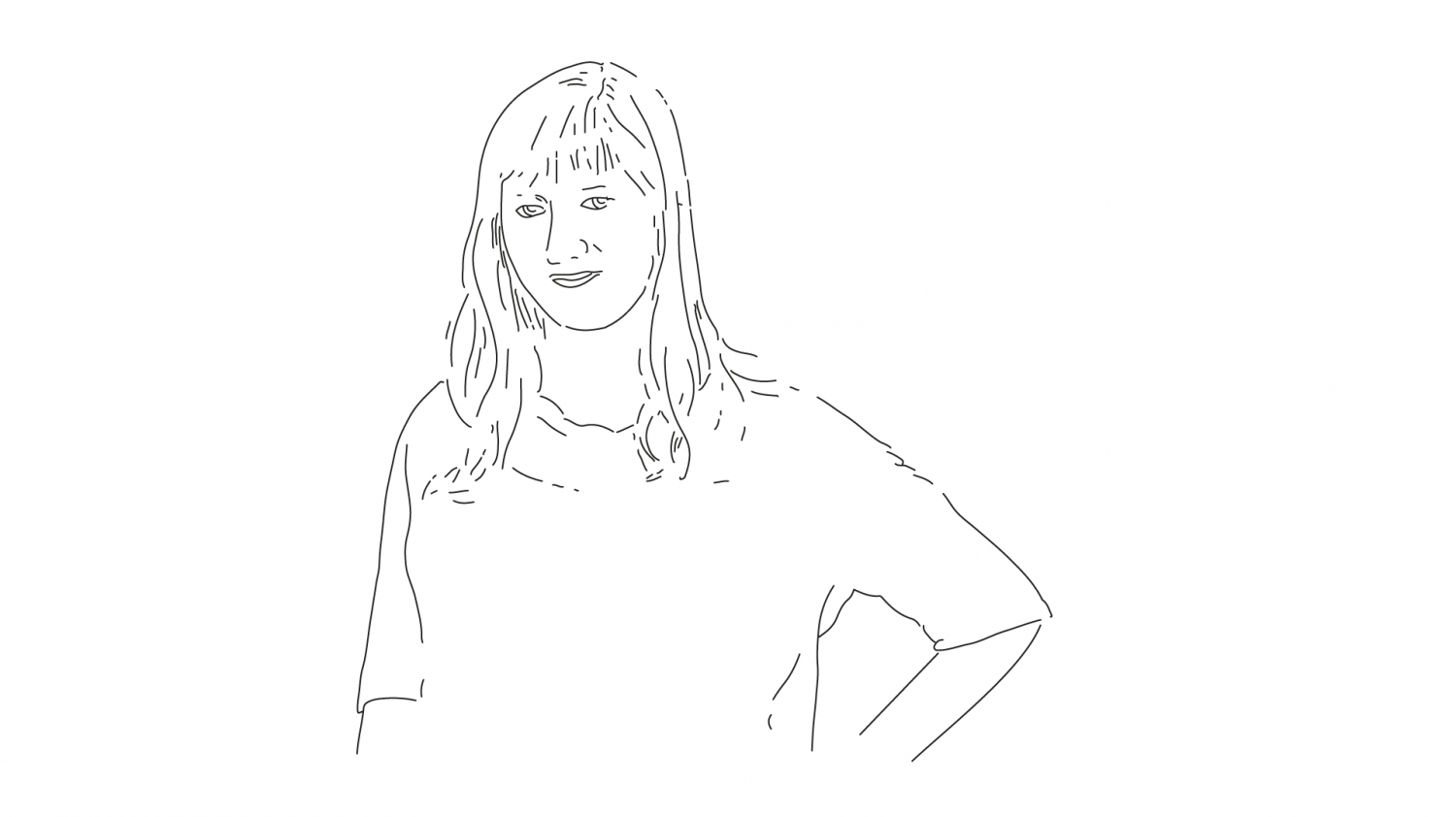Stress test
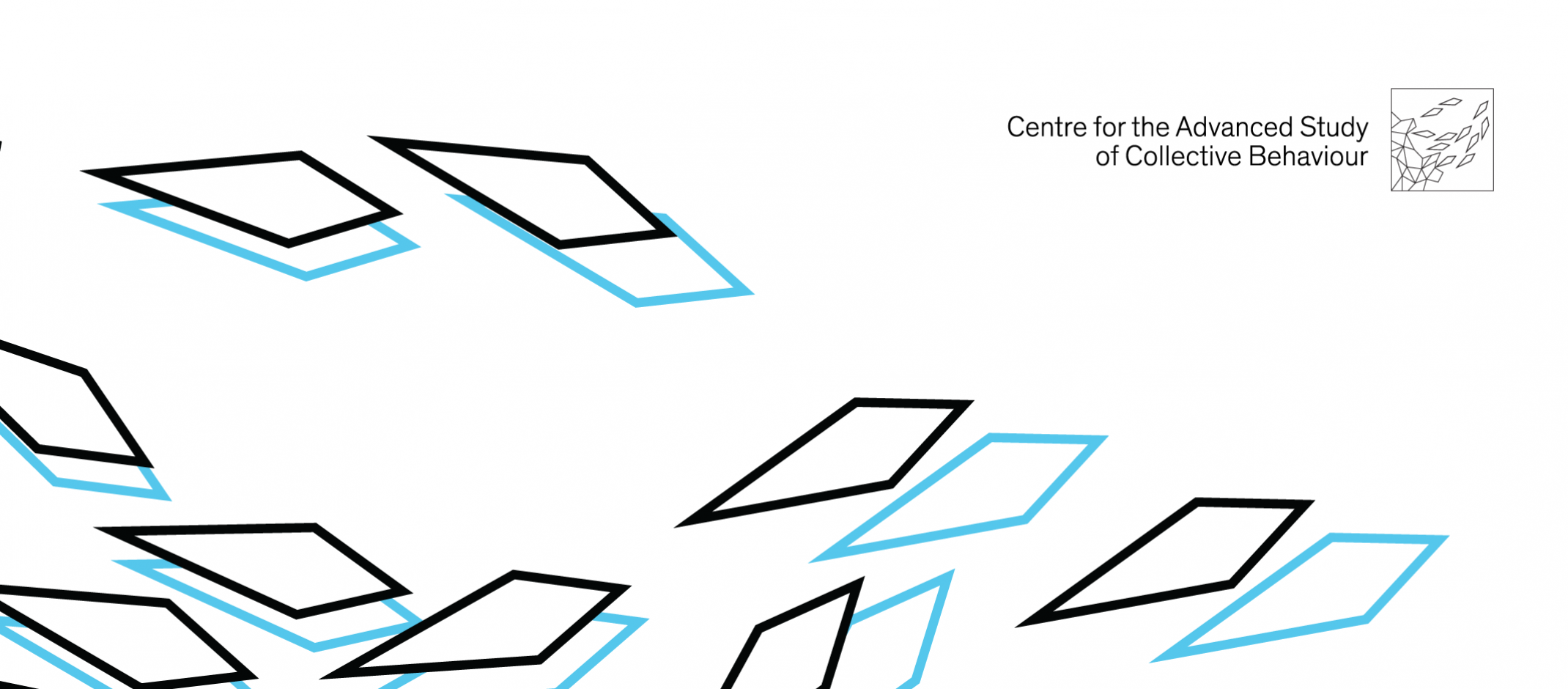
In 2019, "The Centre for the Advanced Study of Collective Behaviour" was born. It’s mission is to increase our understanding of collective phenomena by bringing together researchers from diverse disciplines to work closely together on common projects. One project sees five principal investigators with distinct backgrounds—neurology, psychology, immunology, behavioural ecology, and evolutionary biology—working together to understand collective behaviour through the lens of stress research. The project’s team members each tell their personal story of collaboration: the spark of inspiration, the challenge of unfamiliar territory, and the decisions made along the often bumpy road to interdisciplinary science.
JENS PRUESSNER
“My research investigates what stress does to your brain.”
It all started for me when Ulrik Brandes, who was then leading the initiative, approached me about working on collective behaviour. The idea was intriguing: my work had never involved collectives, just the individual, but I had already begun thinking about the limitations of studying systems in isolation. In my own research in humans, I had been noticing cross-talk between systems, like the cortisol stress system speaking to the autonomic nervous system. I thought there was good reason to avoid studying these systems—and for that matter humans—in isolation, because it doesn’t really reflect what is happening in real life. I found the question of how stress works in collectives to be a very compelling and under investigated area, at least for psychological and human studies.
A group of people interested in stress began coalescing during weekly meetings. We came from really different study systems—humans, mice, birds and fish. I was fascinated by the idea that these different animals share the common experience of stress and living socially.
There were a few defining moments for me when I realised the unique potential of different animal systems. In early conversations with Alex Jordan, we discussed if my work measuring the autonomic system in humans, like heartrate, could be translated to fish. He told me about a few species of fish that are translucent so you can actually see the heart beating, and he developed a machine learning system that could automatically track and measure the heartbeat rate directly from videos of freely swimming fish, without touching them at all. I thought this was a fantastic method that would allow us to do comparable experiments measuring heartrate in humans and fish. Later, I visited Damien Farine at the Max Planck Institute near Radolfzell where he keeps his zebra finches.
He showed me a video of a group of birds interacting with each other, but the system automatically identifies each individual with a code attached to a backpack. It was a really cool way of tracking the individuals in the collective and we began discussing how we might add physiological data, so in one glance you could be watching birds interact and assessing physiological changes in real time. Marcus and Petra were both instrumental in bringing complimentary skills on the immune system, which was something that I could not contribute to but brought significant contributions in the context of collectives.
In the meetings that ensued over the summer to put our project together, we were initially treading water and not moving forward. Discussions comprised a very loose back and forth throwing ideas at each other and not really having a clear idea in mind on how to best approach this endeavour. The obstacles to progress in those initial meetings were, for me, that it was unchartered territory. From human research there was nothing to indicate where we should start, nothing to base our experimental designs on. We had the initial problem of speaking different languages and combining different disciplines. Eventually, looking at stress effects over the different species, we converged on the main theme and how the questions could be approached in each species. The goal was always to create experiments that can be translated to different systems simultaneously, which added an extra layer of complexity but at the same time creates a true possibility for innovation.
In the end, a lot of the process comes down to general attitude. I really like the team spirit that nothing is impossible, and thinking of ways to get close enough. In our case, it was about finding the best possible observations and experiments that would make this work for everybody.
PETRA WIRTZ
“I work on the psychobiology of stress and stress protection in humans”
Collective behaviour was not at all part of my research. Similar to Jens, I was involved in stress research but always working on the individual. We had been using collectives to induce stress in individuals, but very few researchers had been looking it the other way around. When Jens brought up this idea of studying how stress spreads from one person through the collective, I thought it was really interesting.
The greatest problem I had was looking for an experimental design, which took us a long time. I think our perspective was limited…it was uncharted territory. It was also a feasibility issue. I am interested in immune parameters, which requires taking blood samples. This is a labour-intensive process for a single subject, and scaling this up to a collective is difficult. For me, it was a matter of realizing that we had to start with small steps. We are now focusing on other markers, like aldosterone, which is easily sampled via saliva swabs. At this early stage, our goal is to confirm that our experimental approaches will work out. We are pretty sure there is spread of stress in collectives, but the first step is to find it and show it.
MARCUS GROETTRUP
“I work on the consequences of stress behaviour on immune response in mice.”
Seven years ago I began a project working with refugees—together with the psychology groups of Thomas Elbert and Brigitte Rockstroh—to better understand the consequences of traumatic stress, including what happens to the immune system. We made some fascinating discoveries, and so my lab continued this in mice, which allowed us to perform experiments to examine stress impacts on immune function. When the Collective Behaviour proposal began taking shape, it opened up a brand new question in this line of research: we know that a stressed mouse will show changes in their immune function, but will this happen even in individuals that are living with stressed mice?
This is an entirely new field for us. We can’t just do our usual lab work measuring our usual parameters because now we want to look at the effect of stress on behaviour, and so we need to set up a near-natural environment to monitor the mice. We have to learn from other groups. We have made contact with labs at Jerusalem University and the Max Planck of Psychiatry in Munich who are experts at establishing naturalistic habitats for mice. Even our normal stress protocols have to be adapted since this exact question has not been attempted. We had many fruitful discussions with the Pruessner and Wirtz groups, asking each other, “What would you do? How would you go about this?” It was really interesting to hear the perspective from another system and it changed how we designed some of our experiments. Because we have never done this before, we are educated by what is done in the human system.
DAMIEN FARINE
“I’m interested in how social life changes the rules of ecology and evolution”
I had worked on the consequences of stress during early-life on social behaviour and social decision-making. Through my work and the work of other groups, I have been very surprised how strong the effects are in programming how animals make decisions later in life. This also made me realise how fundamental the stress system is at mediating behaviour, not only in the longer term, but also in the short term. If this is the case, then there are possibilities that it can act as a source of information—if one individual is stressed, this tells others around it that the stressed individual might have information about the environment that they don’t have. The ramifications of stress being transmitted in collectives are substantial.
Whenever I’ve worked with colleagues from more distant fields, the first challenge to overcome is with terminology and language. They understand aspects of stress physiology that I never even knew existed; but they hadn’t considered many behavioural processes that I am more specialised in. So we spent some time explaining a bit more about what we each do, and trying to explain it in less technical language. I’m not an expert on physiology, so collaborating with the other team members gives me the opportunity to explore fascinating questions that are at the edge of my knowledge, and also to contribute my unique insights into questions that experts in physiology might not have considered.
Collaborations also provide rich grounds for new discoveries and new ideas. I always find it exciting to chat with colleagues from other fields and discover when we have parallel concepts and when we have quite different perspectives on the same problems. Using a diversity of models allows us to explore whether there are general patterns that exist across taxa, or whether some responses are more specialised within a given species. In general, the stress system seems to be highly conserved across animals, meaning that it could serve as a universal mechanisms for transferring information about the environment without requiring active cognitive capacity.
ALEX JORDAN
“I study the evolution of animal social behaviour in natural contexts”
My early discussions with Jens Pruessner were a wonderful proving ground for ideas that might work in the context of inter-species discovery, but what was also very clear was how far behind we were in fish systems when it came to measuring stress. While we arguably had the edge in what we could achieve experimentally, being able to place fish in all sorts of social contexts in the lab and in the wild, we had few existing approaches for measuring things like heartrate and breathing. The main problems were size of the animals and remote transmission through water. But after some really fruitful conversations with Jens, getting his expertise on taking real-time measurements of the autonomic system in his human studies, I took up the challenge to make it happen for fish as well. That’s how the idea of developing a tool for automatically and non-invasively measuring heartrate in fish, together with Bastian Goldluecke’s computer vision lab, came into being.
It’s exciting to think that from a very aspirational project that aimed to combine the strengths we had in different systems, we are now in the reality of taking these measurements together. I think it’s a great example of how working with people outside your field pushes you. There’s now a line of research in my group that I would never have entertained without these connections. It’s even led to psychology students working with us at the marine field station in Corsica to share their research ideas and get into the water to understand types of things you can achieve in a non-human system.
The hardest part about interdisciplinary work is that you can talk past each other, and it takes work to find equivalence in your studies. But finding this equivalence across systems is crucial. To understand a process only in one system gives you a skewed understanding of the process as a whole. If we are to understand the social contagion of stress in a collective, we have to do it in collectives that represent the diversity of life.
BERNADETTE DENK
PhD student, Clinical Neuropsychology Lab (Jens Pruesnner)
I have learnt so much from being exposed to other systems and species. Visiting the marine station in Corsica and speaking with the animal scientists there, for example, gave me new perspectives on important questions like, “What causes stress?” This varies depending on what species you are.
I think what makes this project so promising is precisely this new perspective: we are using approaches that are untried and uncommon. We will have to deal with fundamental questions, for example about the differences between humans and other animals, in the process of operationalizing concrete research questions. We don’t know where we will get in this process, but often it’s the unexpected results that often prove the most fruitful.
LISA-MARIE WALTHER
PhD student, Biological Work and Health Psychology Lab (Wirtz)
I did my bachelors thesis in stress research and I’m really interested to now be investigating what is behind stress from a social perspective. Everybody knows the feeling that you are in a group and somebody is stressed and it catches you.
Doing your PhD is always a great learning experience, but within this project the learning experience is so much greater. There are so many different perspectives and ideas coming through this interdisciplinary work that really enable us to develop interesting experimental set-ups and to do great research.
DENNIS HORVATH
Phd student in Immunology Lab (Groettrup)
In the field of immunology we work a lot with mice as a model organism because they have a lot of similarities to humans. But similar is not equal, and observations made in mice sometimes can't be transferred to humans.
In the stress project we now have the possibility to directly compare the four organisms and get input from experts in all four fields to come up with a system which allows us to study the effects of stress on the organisms and the collective and thereby identify and study similarities but also differences which otherwise would not have been considered. This hopefully helps us to get a more complete view on the phenomenon of stress. For me this is absolutely worth the effort.
HANJA BRANDL
Post-doctoral researcher in behavioural ecology (Farine)
In the zebra finch system we have a pretty good background on capturing collectives and interactions. But the stress physiology and all that goes with it is a real challenge mostly because it has not been done. It’s taking a lot of brain storming a lot of reading of literature to establish a paradigm for birds. Yes, this makes it challenging, but at the same time it also generates a huge opportunity to uncover new processes.
I'm really excited to be working on this question, because I think that what we are trying to investigate here is likely a very powerful and dynamic process in social species. Having the opportunity to compare our findings across different systems will really allow us to show that what we are finding is a universal mechanism, not limited to this or that single species.

